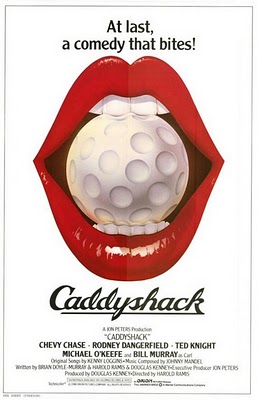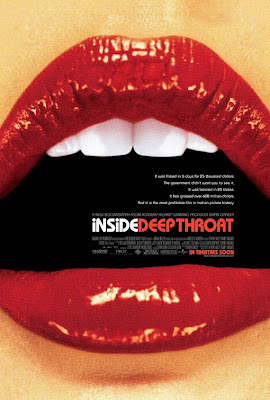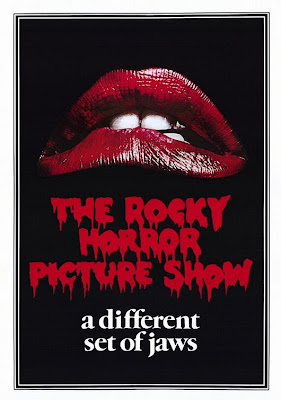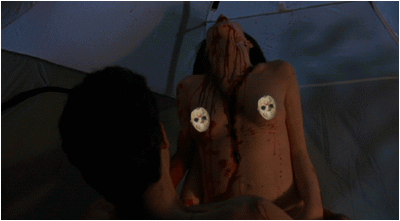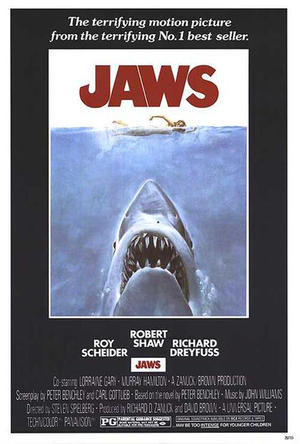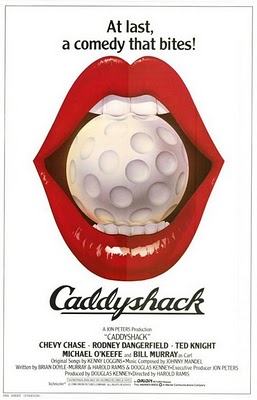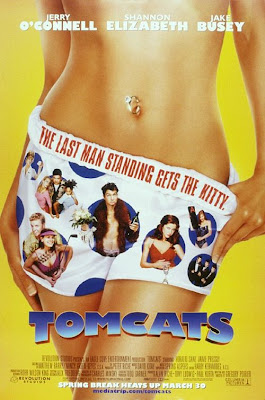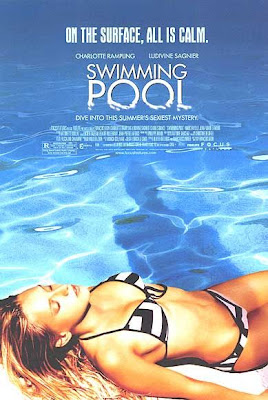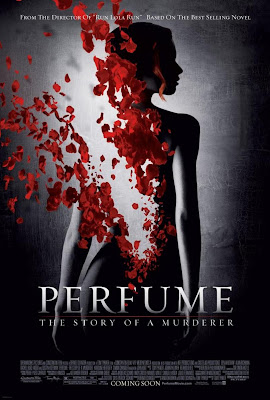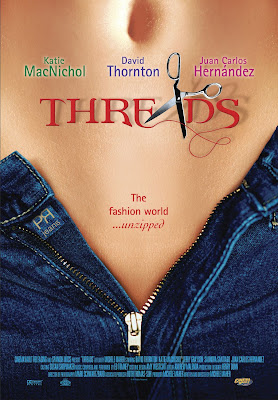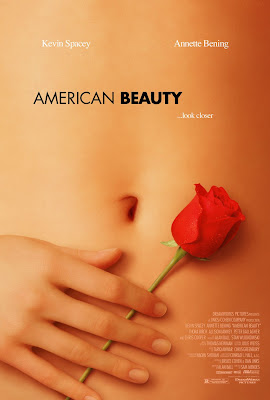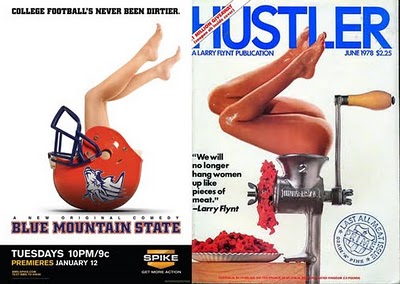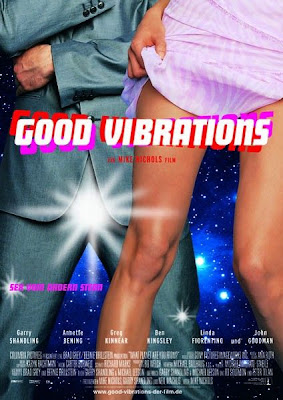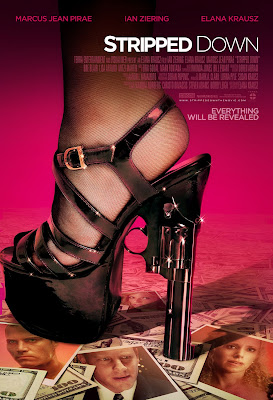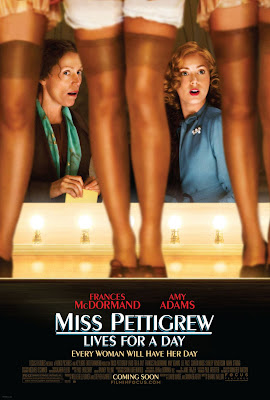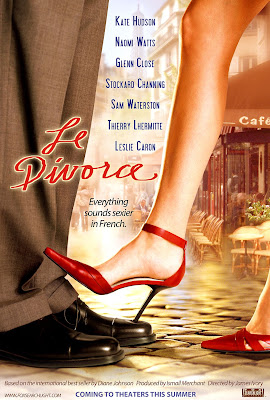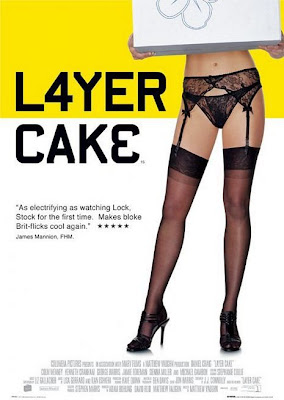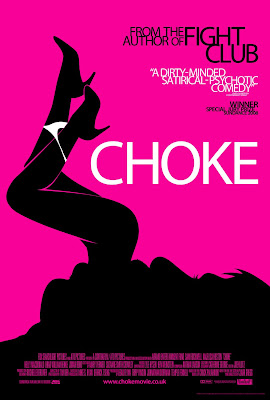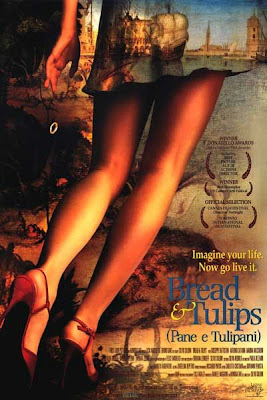On Tuesday, March 8,
The New York Times published an article by James C. McKinley Jr. titled, “
Vicious Assault Shakes Texas Town.” Eighteen men held down an 11-year-old girl and repeatedly raped her in an abandoned trailer while recording the rape with cell phones.
Much has been written about McKinley’s—and the
New York Times’—irresponsible, victim-blaming, rape culture-enforcing report of the rape. Or should I say
lack of report of the rape. While the entire article is a catastrophic joke, this paragraph warrants specific mention:
Residents in the neighborhood where the abandoned trailer stands—known as the Quarters—said the victim had been visiting various friends there for months. They said she dressed older than her age, wearing makeup and fashions more appropriate to a woman in her 20s. She would hang out with teenage boys at a playground, some said.
Shakesville breaks down the story, and it’s a must-read piece. The writer points out, “Nowhere in this story is the following made clear: … that our compassion and care should be directed first and foremost toward the victim rather than the boys, the school, the community, or anyone else.” The
NYT piece is such an obvious case of victim-blaming, and terrifyingly unapologetic, that it wasn’t surprising to see an immediate petition go up at change.org, “
Tell the New York Times to Apologize for Blaming a Child for Her Gang Rape.” The creator of the petition, Shelby Knox, writes, “1 in 4 American women will be sexually assaulted in their lifetime. A culture that blames victims for being raped—for what they were wearing, where they were, and who they were with—rather than blaming the rapist, is a culture that tacitly condones rape.” As of now 43,820 people have signed the petition, and Arthur S. Brisbane of the
New York Times has issued an apology—not without its
flaws—regarding the lack of balance in the piece.
*****
That apology should’ve felt good to read. But about an hour before it was issued, I’d posted the petition on my Facebook wall, urging friends to sign it. And this was one of the first responses:
Actually…no. I just read the “offending” comments of Mr. McKinley. The complaint is that he “gave ink” to the opinions of some idiots from Texas? He’s a reporter for Christ’s sake. He’s SUPPOSED to present all angles of the story. Looks like responsible journalism to me. Attack the idiots in Texas for this. Attack the wretched perpetrators. Why in the world is anyone mad at The New York Times for telling the whole story? If anything its GOOD that they reported on those folks as well. Its important for people to know that there are idiots like that everywhere. This is wildly misplaced rage here. Wasting time on things like this is why no real problems ever get solved in this damn country. Let the public burning commence. I’ll be tied to the stake willingly. =)
Another person immediately agreed. Thankfully, others jumped in to defend the petition, but I didn’t walk away from the thread feeling good about it. I felt defeated. Exhausted. Like I might burst into tears. So when the NYT finally got around to “apologizing” for publishing an article that never should’ve seen the light of day to begin with, I wanted to revel in the success of a group of people coming together to affect change. I couldn’t, though. And I started to think about why I couldn’t.
*****
The same day the
New York Times published its story, the newspaper in my hometown published a report of another young girl’s rape, “
Man accused of raping 12-year-old girl.” I read the opening paragraph: “A Middletown man has been charged with rape and intimidation of a witness after allegedly conducting a sexual relationship with a 12-year-old girl.” I read it again … “a sexual relationship” … “with a 12-year-old girl.” I kept reading … “accused of having sex with a child younger than the age of 12” … “alleged abuse of the female juvenile.”What the hell?
A child cannot consent to sex. Ever. Under any circumstance. So how does a man
conduct a sexual relationship with her? How does a man
have sex with her? And why does “the girl” suddenly become “the female juvenile”? If I’d ever gone a moment without thinking about
Rape Culture (and it’s hard to do), two newspaper articles published back to back—discussing the rapes of two girls as if one girl could
consent to having sex with a man, while another could
facilitate her own fucking gang rape—would make sure I spent a good few days and nights obsessing about the most recent media onslaught of violence against women.
*****
Three years ago, on March 28, 2008, Amber and I started
Bitch Flicks. We respected blogs like
Women and Hollywood that focus on women in film and explore how difficult it is for women to navigate the sexist terrain of Hollywood. And we wanted to be a part of that conversation, by looking closely at how popular films, television, music videos, movie posters, and other forms of media contribute to misogyny, violence against women, and unattainable beauty ideals. Because more than anything, we believe the blind and uncritical consumption of media portrayals of women contributes to furthering women’s inequality
in all areas of life.
And we’ve noticed a few things here and there: rape being played for laughs in Observe and Report; the sexual trafficking of women used as a plot device in Taken; the constant dismemberment of women in movie posters; the damaging caricatures of women as sex objects in Black Snake Moan and The Social Network; and we’ve often pointed to discussions of sexism and misogyny around the net, like the sexual violence in Antichrist and, most recently, the sexualized corpses of women in Kanye West’s Monster video. It barely grazes the surface. I mean, it barely grazes the fucking surface of what a viewer sees during the commercial breaks of a 30-minute sitcom.
Yet, this constant, unchecked barrage of endless and obvious woman-hating undoubtedly contributes to the rape of women and girls.
The sudden idealization of Charlie Sheen as some bad boy to be envied, even though he has a violent history of beating up women, contributes to the rape of women and girls. Bills like H. R. 3 that seek to redefine rape and further the attack on women’s reproductive rights contributes to the rape of women and girls. Supposed liberal media personalities like Michael Moore and Keith Olbermann showing their support for Julian Assange by denigrating Assange’s alleged rape victims contributes to the rape of women and girls. The sexist commercials that advertisers pay millions of dollars to air on Super Bowl Sunday contribute to the rape of women and girls. And blaming Lara Logan for her gang rape by suggesting her attractiveness caused it, or the job was too dangerous for her, or she shouldn’t have been there in the first place, contributes to the rape of women and girls.
It contributes to rape because it normalizes violence against women. Men rape to control, to overpower, to humiliate, to reinforce the patriarchal structure. And the media, which is vastly controlled by men, participates in reproducing already existing prejudices and inequalities, rather than seeking to transform them.
And it pisses me off.
*****
“This is wildly misplaced rage here. Wasting time on things like this is why no real problems ever get solved in this damn country.” I decided to respond to that portion of my friend’s Facebook comment by quoting a passage from a piece on
Shakesville called, “
Feminism 101: ‘Feminists Look for Stuff to Get Mad About,'” in which Melissa McEwan makes the following argument:
… in a very real way, ignoring “the little things” in favor of “the big stuff” makes the big stuff that much harder to eradicate, because it is the pervasive, ubiquitous, inescapable little things that create the foundation of a sexist culture on which the big stuff is dependent for its survival. It’s the little things, the constant drumbeat of inequality and objectification, that inure us to increasingly horrible acts and attitudes toward women.
People can argue that “the little things” are less important to point out than “the big things” all they want to. They can accuse feminists of misplaced anger, irrationality, man-hating, overreaction. But the reality is that violence against women has become so commonplace in film and television, in advertising, in stand-up fucking “comedy,”
in video games, that it’s the absolute default treatment of women in media, and we can’t pretend that doesn’t extend to how women are treated in the rest of society.
It contributes to rape. And it certainly contributes to a “liberal” newspaper’s inability to effectively report an 11-year-old girl’s gang rape without victim-blaming and slut-shaming, which, incidentally,
also contributes to rape.
So. I gave myself a break. I let myself feel shitty and helpless for a minute. I’m over it now and ready to fight back. Stay tuned for our regularly scheduled programming …






